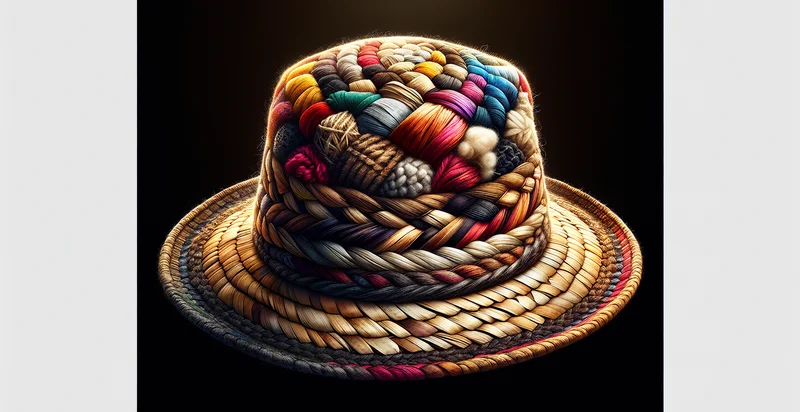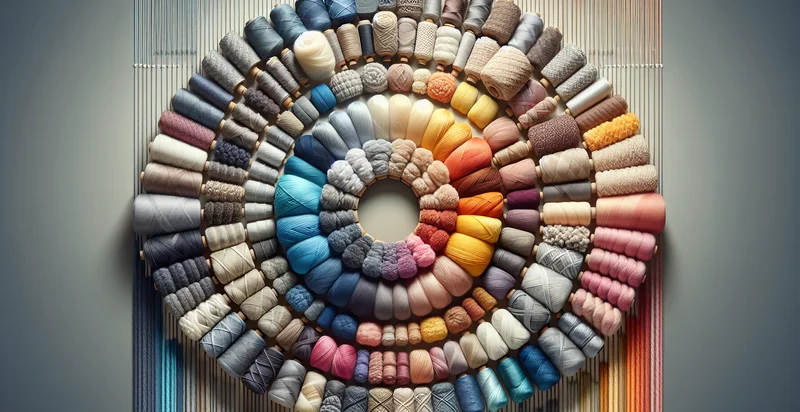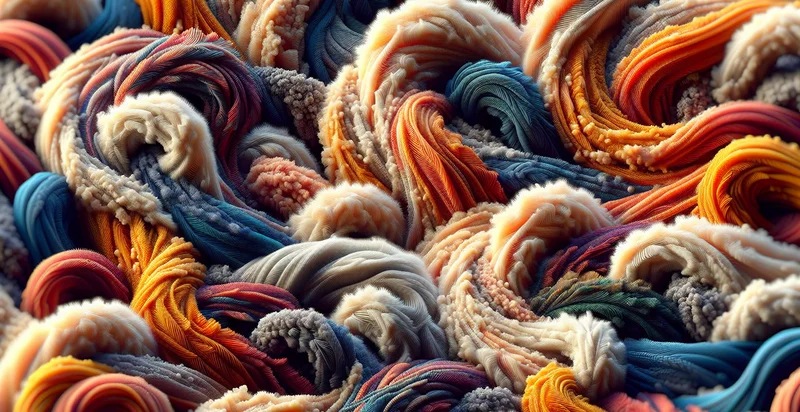Identify what material a hat is made from
using AI
Below is a free classifier to identify what material a hat is made from. Just upload your image, and our AI will predict what material a hat is made from - in just seconds.

Contact us for API access
Or, use Nyckel to build highly-accurate custom classifiers in just minutes. No PhD required.
Get started
import nyckel
credentials = nyckel.Credentials("YOUR_CLIENT_ID", "YOUR_CLIENT_SECRET")
nyckel.invoke("what-material-a-hat-is-made-from", "your_image_url", credentials)
fetch('https://www.nyckel.com/v1/functions/what-material-a-hat-is-made-from/invoke', {
method: 'POST',
headers: {
'Authorization': 'Bearer ' + 'YOUR_BEARER_TOKEN',
'Content-Type': 'application/json',
},
body: JSON.stringify(
{"data": "your_image_url"}
)
})
.then(response => response.json())
.then(data => console.log(data));
curl -X POST \
-H "Content-Type: application/json" \
-H "Authorization: Bearer YOUR_BEARER_TOKEN" \
-d '{"data": "your_image_url"}' \
https://www.nyckel.com/v1/functions/what-material-a-hat-is-made-from/invoke
How this classifier works
To start, upload your image. Our AI tool will then predict what material a hat is made from.
This pretrained image model uses a Nyckel-created dataset and has 20 labels, including Acrylic, Acrylic Blend, Bamboo, Canvas, Corduroy, Cotton, Denim, Felt, Hemp and Leather.
We'll also show a confidence score (the higher the number, the more confident the AI model is around what material a hat is made from).
Whether you're just curious or building what material a hat is made from detection into your application, we hope our classifier proves helpful.
Related Classifiers
Need to identify what material a hat is made from at scale?
Get API or Zapier access to this classifier for free. It's perfect for:
- E-Commerce Inventory Management: Online retailers can use the function to automatically categorize hats based on their material, improving inventory tracking and ensuring customers can filter products more effectively. This can enhance user experience by allowing shoppers to find specific materials, such as wool or cotton, quickly.
- Personalized Marketing: Brands can leverage the material classification function to tailor marketing campaigns based on consumer preferences for certain materials. For instance, if a customer has previously purchased wool products, targeted ads featuring wool hats can be generated.
- Sustainability Reporting: Fashion brands can utilize this function to assess and report on the materials used in their products, aiding in sustainability initiatives. By classifying materials accurately, companies can promote eco-friendly practices and materials in their branding and reporting.
- Quality Control in Manufacturing: Manufacturers can implement this function as part of their quality control processes to ensure that the correct materials are used in production. By verifying the materials in real-time, companies can reduce defects and maintain product consistency.
- Customer Returns Reduction: Retailers can minimize returns by providing accurate information on hat materials, helping customers make informed purchases. This function can enhance transparency and reduce the likelihood of returns due to customers receiving products made from unexpected materials.
- Trend Analysis in Fashion: Fashion analysts can employ this functionality to gather data on popular materials in hat designs over time. By analyzing material trends, brands can better anticipate market demands and adjust their collections accordingly.
- Enhanced Customer Support: Customer service teams can use the material classification function to quickly answer inquiries related to product materials. By streamlining their responses, support teams can improve customer satisfaction and reduce resolution times.


